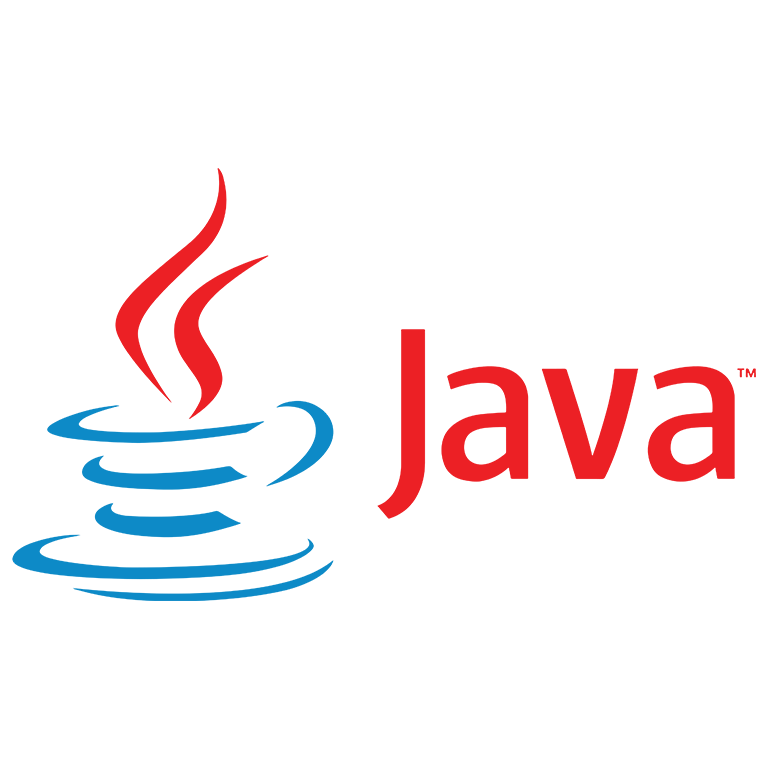Java Chatbots: Comparing Apache OpenNLP and Stanford NLP for NLP
In today’s world of intelligent chatbots, Natural Language Processing (NLP) libraries play a crucial role. For Java developers, two standout tools for implementing NLP are Apache OpenNLP and Stanford NLP. Both libraries offer robust capabilities for creating language-aware applications, but they differ in features, ease of use, and performance.
This article compares these two NLP libraries and demonstrates how to use them in Java for building chatbots.
What is Apache OpenNLP?
Apache OpenNLP is a machine learning-based toolkit for processing natural language text. It provides pre-trained models and utilities for tasks such as tokenization, sentence detection, named entity recognition (NER), and part-of-speech (POS) tagging.
Features of Apache OpenNLP:
- Pre-trained Models: Comes with pre-trained models for common NLP tasks.
- Extensibility: Allows you to train custom models for domain-specific requirements.
- Lightweight: Designed for efficiency in small to medium-scale applications.
Example: Tokenizing Text with OpenNLP
Here’s how you can use Apache OpenNLP to split text into tokens:
import opennlp.tools.tokenize.SimpleTokenizer;
public class OpenNLPExample {
public static void main(String[] args) {
String sentence = "Hello, how can I help you today?";
SimpleTokenizer tokenizer = SimpleTokenizer.INSTANCE;
String[] tokens = tokenizer.tokenize(sentence);
for (String token : tokens) {
System.out.println(token);
}
}
}
Pros of OpenNLP:
- Easy to integrate into Java applications.
- Provides essential NLP capabilities out of the box.
- Suitable for lightweight chatbot applications.
What is Stanford NLP?
Stanford NLP (also known as Stanford CoreNLP) is a comprehensive suite for NLP tasks, built by Stanford University. It is known for its accuracy and advanced capabilities, such as dependency parsing and sentiment analysis.
Features of Stanford NLP:
- State-of-the-Art Algorithms: Provides advanced algorithms for deep linguistic analysis.
- Language Support: Supports multiple languages, including English, Chinese, and Spanish.
- Extensive API: Offers extensive APIs for customization.
Example: Performing Named Entity Recognition with Stanford NLP
Here’s how you can use Stanford NLP to identify named entities in text:
import edu.stanford.nlp.pipeline.*;
import edu.stanford.nlp.ling.*;
import edu.stanford.nlp.util.*;
import java.util.List;
import java.util.Properties;
public class StanfordNLPExample {
public static void main(String[] args) {
String text = "John lives in San Francisco and works at Google.";
Properties props = new Properties();
props.setProperty("annotators", "tokenize,ssplit,pos,lemma,ner");
StanfordCoreNLP pipeline = new StanfordCoreNLP(props);
CoreDocument document = new CoreDocument(text);
pipeline.annotate(document);
List<CoreEntityMention> entities = document.entityMentions();
for (CoreEntityMention entity : entities) {
System.out.println(entity.text() + " - " + entity.entityType());
}
}
}
Pros of Stanford NLP:
- High accuracy in complex NLP tasks.
- Extensive functionality beyond basic NLP.
- Ideal for research and enterprise-level chatbots.
Comparing Apache OpenNLP and Stanford NLP
| Feature | Apache OpenNLP | Stanford NLP |
|---|---|---|
| Ease of Use | Simple and lightweight | More complex with a steeper learning curve |
| Performance | Fast and efficient for basic tasks | Slower due to comprehensive processing |
| Customizability | Supports custom model training | Highly customizable with advanced options |
| Task Coverage | Covers essential NLP tasks | Extensive task coverage, including sentiment analysis |
| Best for | Lightweight applications and chatbots | Research and feature-rich enterprise chatbots |
Which Library Should You Use?
- Use Apache OpenNLP if you need a lightweight solution for basic NLP tasks like tokenization, sentence splitting, and POS tagging. It is ideal for small to medium-scale chatbot applications.
- Use Stanford NLP if you require deep linguistic analysis, advanced features like dependency parsing, or support for multiple languages. It’s best suited for enterprise-level applications and research projects.
Conclusion
Choosing the right NLP library depends on your project requirements. Apache OpenNLP is perfect for lightweight applications, while Stanford NLP offers advanced capabilities for complex use cases. Both tools provide powerful APIs for Java developers to create intelligent, language-aware chatbots. By leveraging the strengths of these libraries, you can build chatbots that truly understand and engage with users.
Ready to start building your Java-based chatbot? Explore these libraries and let your application speak the language of your users.



